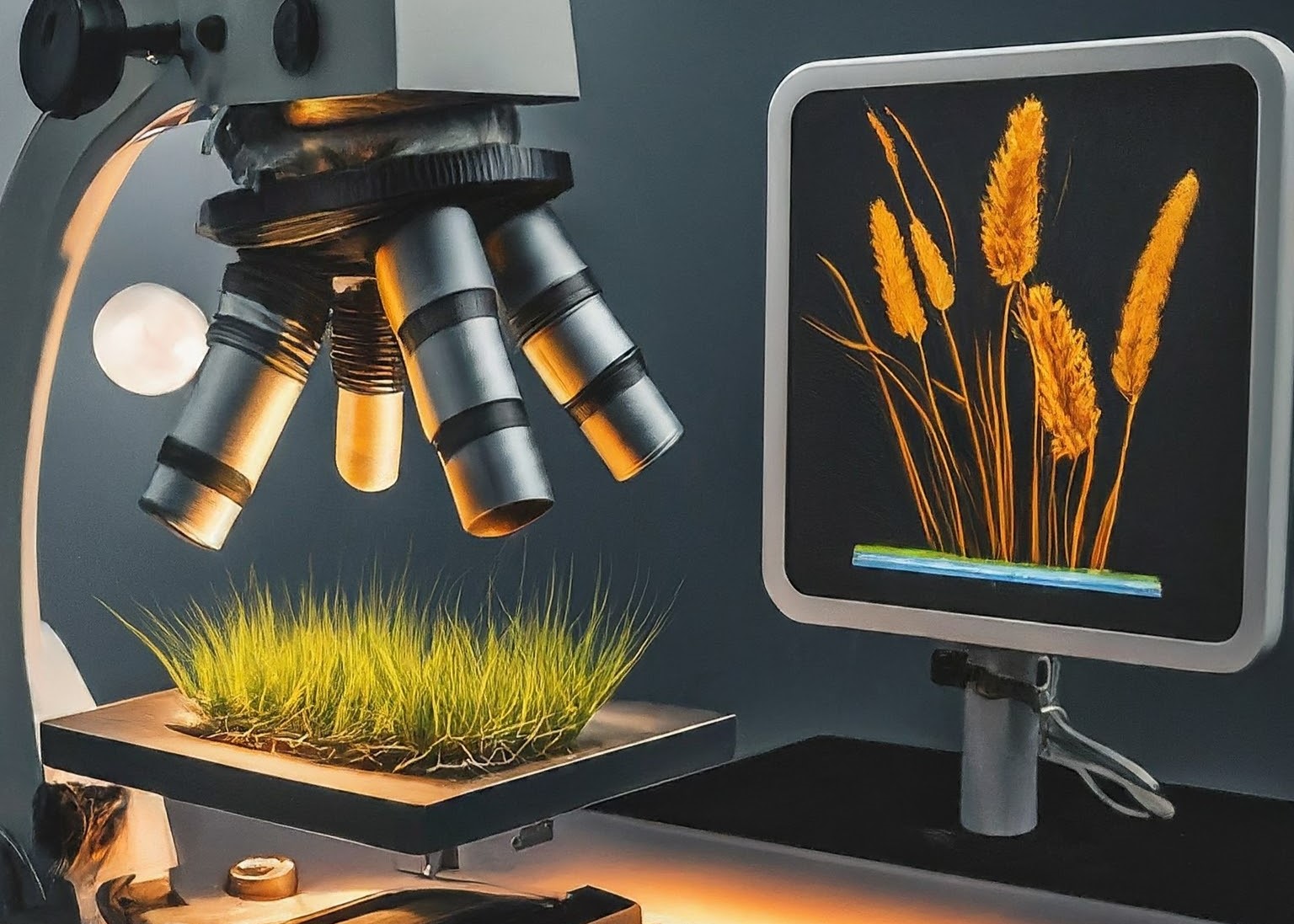Artifical Intelligence
AI boosts crop research
Artificial intelligence provides a new lens to bridge science and practice, according to one of the world’s top-ranked scientists in plant breeding.
Questions about artificial intelligence are becoming more pressing in every discipline. For crop improvement, AI provides a new lens to bridge science and practice, according to Jianming Yu, one of the world’s top-ranked scientists in the fields of quantitative genetics and plant breeding.
“People have a lot of questions about how to actively start using AI in crop improvement. However, it is not easy to know how its tools can best be used,” said Yu, the Pioneer Distinguished Chair in Maize Breeding and director of the Raymond F. Baker Center for Plant Breeding in Iowa State University’s Department of Agronomy. “There are many specific examples of constructive use of these tools, but at a large scale, it really hasn’t happened yet.”
Helping his peers, students and the public become more knowledgeable about the rapidly evolving field of AI has become a mission for Yu. To this end, he and other co-authors, including Karlene Negus, a genetics doctoral student working with him, have published an overview on the role of artificial intelligence in crop improvement in a scholarly compilation, Advances in Agronomy.
“Many scientists, even those who have relevant backgrounds, don’t always know where to begin,” Yu said. “We have been receiving feedback that the new paper is very timely and helpful.”
Recently, the College of Agriculture and Life Sciences at Iowa State asked Yu and Negus to review highlights of their new publication and reflect on the uses and implications of AI tools in their field.
Yu: One thing we do in this paper is to briefly sketch AI’s historical context. It has been developing since the 1940s, and what is considered the third AI summer is underway. Deep learning systems have defined the early years of this era.
For crop improvement, AI has largely been deployed to help process and make sense of very large, high-throughput data sets. Large-scale data has become a new challenge in agronomic research and many other areas of science, and AI tools are already providing diverse solutions.
Negus: The field of AI has been rapidly changing in recent years. It can be difficult to know what methods are relevant for specific uses. To streamline this learning process for areas related to crop improvement, we describe more than 15 types and subtypes of AI and give insights on how they are being used in these fields. These methods are not exhaustive, but I think this provides a good introduction to what’s out there today and the building blocks of tools we can expect to be developed in the near future.
While the newsworthy AI of today is most often very sophisticated neural networks, other examples of AI range from comparatively simple robotic process automation, which uses an AI “agent” capable of conducting repetitive processes that have enough variability to prevent the use of standard process automation, to relatively complex expert and fuzzy systems that attempt to replicate the problem-solving capabilities of human experts, to other types of highly advanced machine learning.
Machine learning (ML) is a type of AI that uses large data sets to improve through experience, or learn, and then uses the outcomes to solve problems or make predictions. ML is being put into practice widely in the crop improvement field. ML methods using genomic, enviromic, phenomic and other multi-omic approaches are helping researchers capture environmental and genetic variations to better understand their influences on crop breeding and management.
Yu: Together, these applications are quickly revolutionising agricultural practices in the laboratory, the greenhouse and the field.
For researchers in crop improvement to adopt AI methods, it is desirable to know the potential advantages of AI methods over traditional methods. For breeders, the improved capacity to monitor and forecast crop growth and health under different genetic, environmental and management combinations have the potential to greatly facilitate decisions about crop selection. For producers, it will be desirable to leverage AI to improve sustainability and resiliency through enhanced on-farm production management.
Keeping up is a challenge that those involved in crop improvement are familiar with. For the last century, that challenge has been framed around keeping up with the demand of a growing world population, and this continues to be the major concern. Now, changing climates further complicates the task. AI has great potential to help with these challenges, but we have a lot of work to do to fully capitalise on this potential, and we need to rapidly increase training and skills in these areas.
Even so, if the prior success achieved from leveraging innovative technologies for crop improvement is any indication, the future of AI-assisted crop improvement is bright.

















